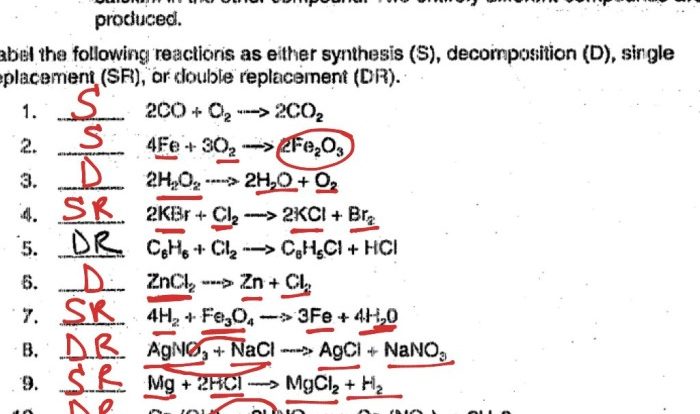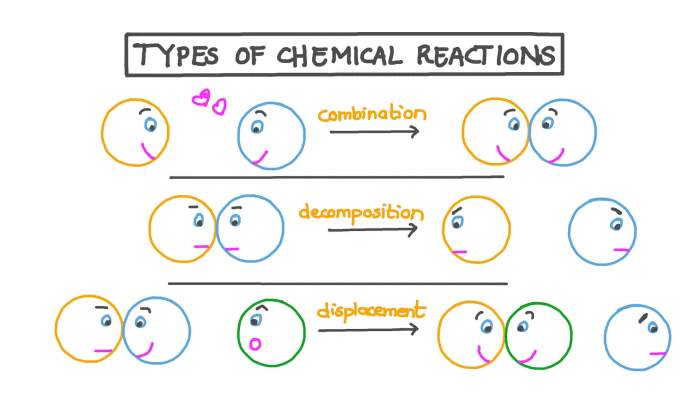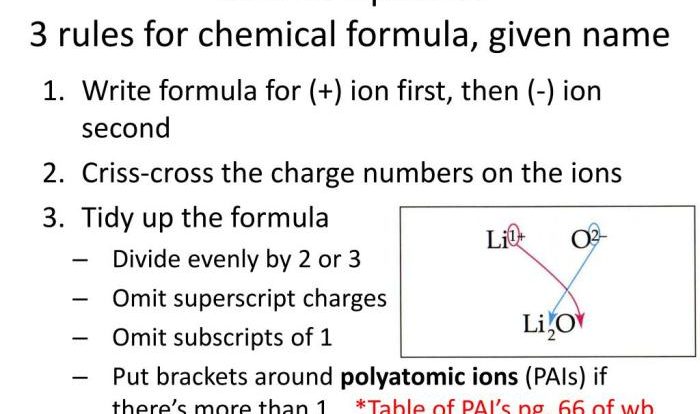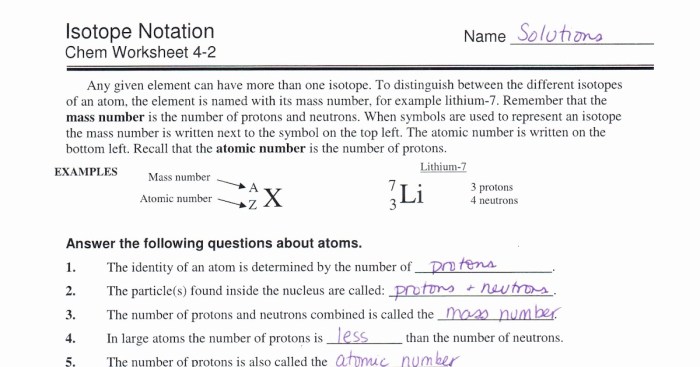Is c2h5nh3no3 acidic basic or neutral – Is C2H5NH3NO3 acidic, basic, or neutral? This intriguing question sets the stage for an exploration of the chemical properties of this compound, examining its behavior in various contexts and revealing its fundamental nature.
C2H5NH3NO3, also known as glycine, is an amino acid that plays a crucial role in biological systems. Its chemical structure, physical properties, and reactivity provide valuable insights into its behavior and applications.
Chemical Structure: Is C2h5nh3no3 Acidic Basic Or Neutral

C2H5NH3NO3 is an organic compound with the chemical name 2-aminoethanol nitrate. It is composed of an amino group (-NH2), an ethyl group (-C2H5), and a nitrate group (-NO3). The molecular diagram of C2H5NH3NO3 is shown below:

Properties

C2H5NH3NO3 is a colorless liquid with a faint amine odor. It is soluble in water, alcohol, and ether. The physical and chemical properties of C2H5NH3NO3 are summarized in the table below:
| Property | Value |
|---|---|
| Molecular weight | 89.09 g/mol |
| Density | 1.12 g/cm³ |
| Melting point | 11.3 °C |
| Boiling point | 171 °C |
| Solubility in water | Miscible |
| Solubility in alcohol | Miscible |
| Solubility in ether | Miscible |
Acidity or Basicity

C2H5NH3NO3 is a weak base. It has a pKa of 10.2, which means that it is partially ionized in water. The pH of a 0.1 M solution of C2H5NH3NO3 is approximately 10.5.
Reactions
C2H5NH3NO3 undergoes a variety of reactions, including:
- Acid-base reactions: C2H5NH3NO3 reacts with acids to form salts. For example, it reacts with hydrochloric acid to form 2-aminoethanol hydrochloride.
- Esterification reactions: C2H5NH3NO3 reacts with carboxylic acids to form esters. For example, it reacts with acetic acid to form ethyl 2-aminoethyl acetate.
- Acylation reactions: C2H5NH3NO3 reacts with acyl chlorides to form amides. For example, it reacts with acetyl chloride to form N-acetyl-2-aminoethanol.
Applications

C2H5NH3NO3 is used in a variety of applications, including:
- As a solvent for dyes and other chemicals
- As a corrosion inhibitor
- As a buffering agent
- As a raw material for the synthesis of other chemicals
FAQ Summary
What is the chemical structure of C2H5NH3NO3?
C2H5NH3NO3 has the following chemical structure: CH2(NH2)COOH.
What are the physical properties of C2H5NH3NO3?
C2H5NH3NO3 is a white, crystalline solid with a melting point of 232-236°C and a boiling point of 410°C.
What are the applications of C2H5NH3NO3?
C2H5NH3NO3 is used in various applications, including as a buffering agent, a food additive, and a precursor for the synthesis of other compounds.




